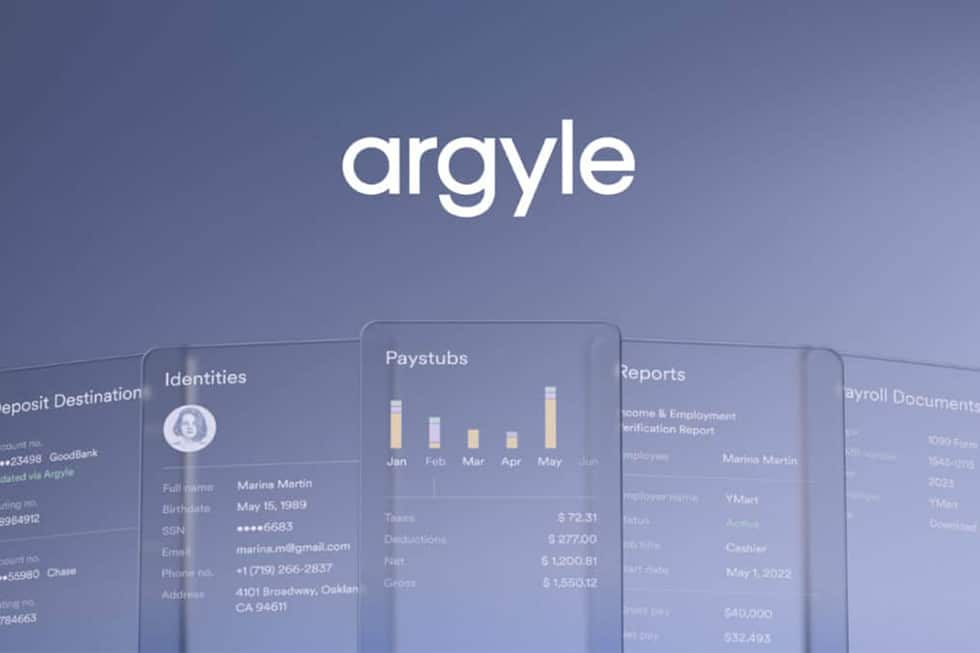The financial ecosystem is in for a wild ride, and we’re only four months into the year. First, there was the GameStop frenzy that no one saw coming. Then, NFTs blew up so quickly that Saturday Night Live made a music video about it. And now, China is giving the U.S. a run for its money (literally) with a digital version of the Yuan.
In the midst of that excitement, Robinhood, Coinbase, Esports Technologies, Betterment and Chime are gearing up for a highly anticipated public offering. At this rate, it’s going to be “hot IPO summer” indeed.
Let’s go behind the scenes of an IPO – a process that takes a considerable amount of planning, time, coordination and effort from numerous people – and usually begins months if not years before the initial offering.
Step 1: Select your underwriter
The first and most important step in the IPO process is to select an investment bank registered with the SEC (Securities and Exchange Commission) to be your IPO underwriter.
The underwriter is a key player and partner in the IPO process in charge of writing and filing
the company’s Form S-1, the official registration form required by the SEC, and determining the initial offer price, among other things. This can be a long, expensive, and arduous process, which is why companies start the IPO process early.
Step 2: “Due diligence”
The term “due diligence” as it relates to an IPO refers to the investigation, audit, or review process of a company’s financials and all the required regulatory filings. This is the most time-consuming step of the IPO process with a pile of paperwork for both the company and its underwriter to fill out and file.
Step 3: Choose your Investor Relations and Communications firm
While all this is underway, the company’s investor relations (IR) firm and communications teams are the secret weapons off the bench. They work alongside the management team, marketing, legal, and others to ensure the IPO process runs smoothly with investors and media.
This process might look different for each company preparing its public offering but your IR and communications firm can:
- Develop an IR, media relations, and communications plan
- Develop new copy for the company’s website and investor relations page
- Draft and issue press releases leading up to the IPO roadshow
- Conduct trainings ahead of the roadshow and media interviews
- Reviews all documentation related to press announcements, interviews, and employee communications
This is an exciting time period for the company, but also a busy one. Prepare yourself for a lot of Zoom meetings, fire drills, late nights, and loads of research during this time. When a company is ready to go public, it becomes an all-hands-on-deck affair.
Step 4: The IPO Roadshow
The roadshow is a time in which the underwriter and issuing company meet with several investors to present their IPO. The management team presents the company and its “sales pitch”, answers questions, and banks accept orders from institutional investors.
Before the pandemic, the Roadshow was a flurry of in-person meetings with multiple investors in a conference room. Today with most people and businesses still operating remote, conducting the roadshow virtually brings its own set of unique challenges.
First, conveying a compelling sales pitch online to a Zoom “room” full of investors is no easy task. Individuals should prepare well in advance to ensure internet bandwidth is reliable and uninterrupted, that backgrounds are consistent, clean, and not distracting, and they’ve practiced the presentation thoroughly. There’s a lot that can get lost in translation in a virtual meeting like this, making it crucial to engage your IR and communications team during the process for training and feedback.
Step 5: Set the IPO Price and Debut
Once the price is set, the fun (and work) begins. The opening price is an important piece of the IPO puzzle. If the prices is too high on opening day, the company risks a share price drop on trading day. If priced too low, the company risks losing out on much-needed capital. It’s a delicate balance in which many companies have missed the mark on.
Once the stock starts trading to the public, the party is not over. There are still several provisions to keep in mind, including:
- Lockup periods: Refers to the time period, usually 90-180 days, in which existing investors must wait before allowed to sell additional shares. This prevents flooding the market with shares and causing the stock price to drop dramatically.
- Quiet periods: For 25 days post-IPO, management and employees cannot share opinions or any additional information about the company after trading begins.
Phew! Exhausted yet?
You should be. The IPO process is an ultra-marathon that ends in a sprint race with Usain Bolt. It’s a long and all-consuming process for everyone involved, but a rewarding one, too.





